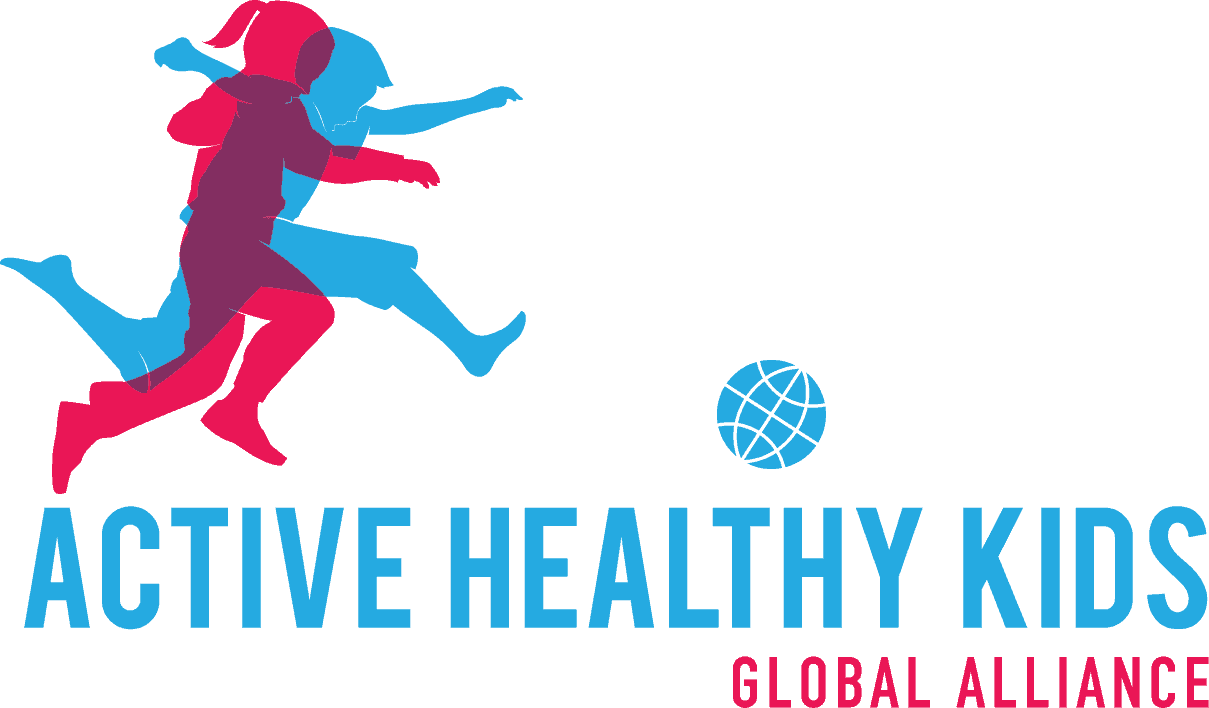
26 Feb A systematic evaluation of physical activity and diet policies in Scotland: results from the 2021 Active Healthy Kids Report Card
Scotland Report Card Team published a paper titled “A systematic evaluation of physical activity and diet policies in Scotland: results from the 2021 Active Healthy Kids Report Card” in the Journal of Public Health (early online). Citation details and a summary of the paper are below. Congratulations, team Scotland!
Simone A Tomaz, John J Reilly, Avril Johnstone, Adrienne Hughes, Jenni Robertson, Leone C A Craig, Farid Bardid, A systematic evaluation of physical activity and diet policies in Scotland: results from the 2021 Active Healthy Kids Report Card, Journal of Public Health, 2024;, fdae022, https://doi.org/10.1093/pubmed/fdae022
Abstract
Background
Policymaking regarding physical activity (PA) and diet plays an important role in childhood health promotion. This study provides a detailed examination of Scottish government and policy for child and adolescent PA and diet and discusses strengths and areas for improvement.Methods
Scottish policy documents (n = 18 [PA]; n = 10 [diet])—published in 2011–20—were reviewed for grading using an adapted version of the Health-Enhancing Physical Activity Policy Audit Tool Version 2.Results
There is clear evidence of leadership and commitment to improving PA and diet and tackling obesity in children and adolescents. The allocation of funds and resources for policy implementation has increased substantially over the past decade. Progress through early key stages of public policymaking—policy agenda and formation—has improved. However, there is limited information on later key stages, including policy monitoring and evaluation.Conclusions
Childhood PA and diet are a clear priority in Scotland, and PA and diet policies clearly support the desire to achieve other goals, including reducing inequalities and increasing active travel in Scotland. Nonetheless, future policies should be further strengthened through clear(er) plans of implementation, and monitoring and evaluation to support their societal impact.
Click here to read the full paper.


